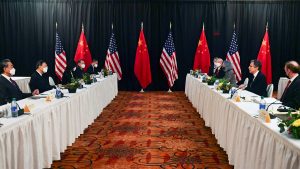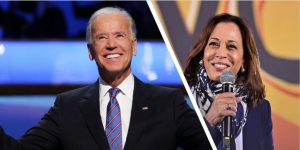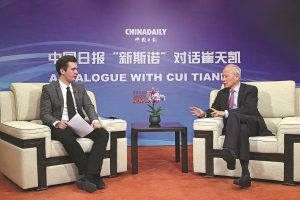
Cui Tiankai, China’s former ambassador to the U.S. made a public appearance on December 20, 2021, in Beijing. It was his first public comments since leaving his U.S. ambassadorial post and returning to China. Additionally, this image shows Ambassador Cui more recently sitting down with Ian Goodrum for a moderated interview on January 10, 2022 with the ChinaDaily.
During Cui Tiankai’s earlier December speech* he stressed that:
Since the purpose of the struggle [between the U.S. and China] is to protect the interests of the people and the overall strategy, then during the struggle, [we] should reduce the cost and influence to our interests and grand strategy as much as possible. In principle, [we] don’t fight unprepared wars; don’t fight wars that we are not confident with; don’t fight wars due to anger; don’t fight wars of attrition. The people worked very hard for their prosperity; we absolutely cannot have anyone take that away. Also, we absolutely cannot lose it due to our own carelessness, slack, and incompetence.
Moreover, Cui Tiankai claimed that:
The status-quo of U.S.-China relations will continue, the U.S. would not accept the rise of another major power of a different political system, ideology, culture, and even race.
In terms of America’s China policy, there is a strong factor of racism. Some people mention it, but some people don’t. The U.S. will inevitably do whatever it takes and everything it can to suppress, contain, separate, and surround to overwhelm China even without a bottom line. To this effect, we need to have a clear mind and full preparedness to confront a future unstable, difficult, and even roller-coaster-like future of U.S.-China relations.
These views are sobering to say the least.
Cui Tiankai remains a close ally to Xi Jinping, and his experience in the U.S. makes him perhaps the most competent person among China’s senior officials in understanding the U.S. from China’s perspective. Katsuji Nakazawa in an article for the Nikkei Asia explains that Cui Tiankai’s speech aimed to modestly warn Xi Jinping not to engage in unnecessary conflicts with the U.S. and divert China’s current ‘Wolf Warrior Diplomacy” (WWD) and hardline foreign policy towards the U.S. However, Ambassador Cui’s remark could also have served as a wake-up call for top leaders to accept that China may not be in an optimal position to engage in further conflicts.

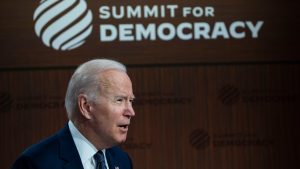 So, the
So, the 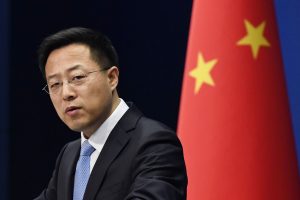
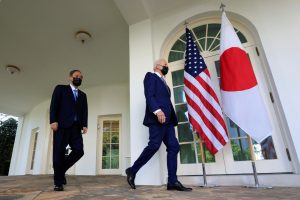
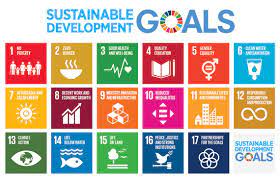

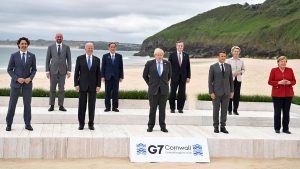 This weekend we open on a sustained set of Summits beginning with the G7 hosted by the UK in Carbis Bay. Along with various states easing restrictions and beginning to open after months of Covid lockdown, we now have the in-person opening of this summit season. The G7 will be followed by a NATO gathering, then an EU-US summit and then a sort of ‘back to the future’ classic ‘cold war’ summit, this between US President Biden and Russian President Vladimir Putin.
This weekend we open on a sustained set of Summits beginning with the G7 hosted by the UK in Carbis Bay. Along with various states easing restrictions and beginning to open after months of Covid lockdown, we now have the in-person opening of this summit season. The G7 will be followed by a NATO gathering, then an EU-US summit and then a sort of ‘back to the future’ classic ‘cold war’ summit, this between US President Biden and Russian President Vladimir Putin.